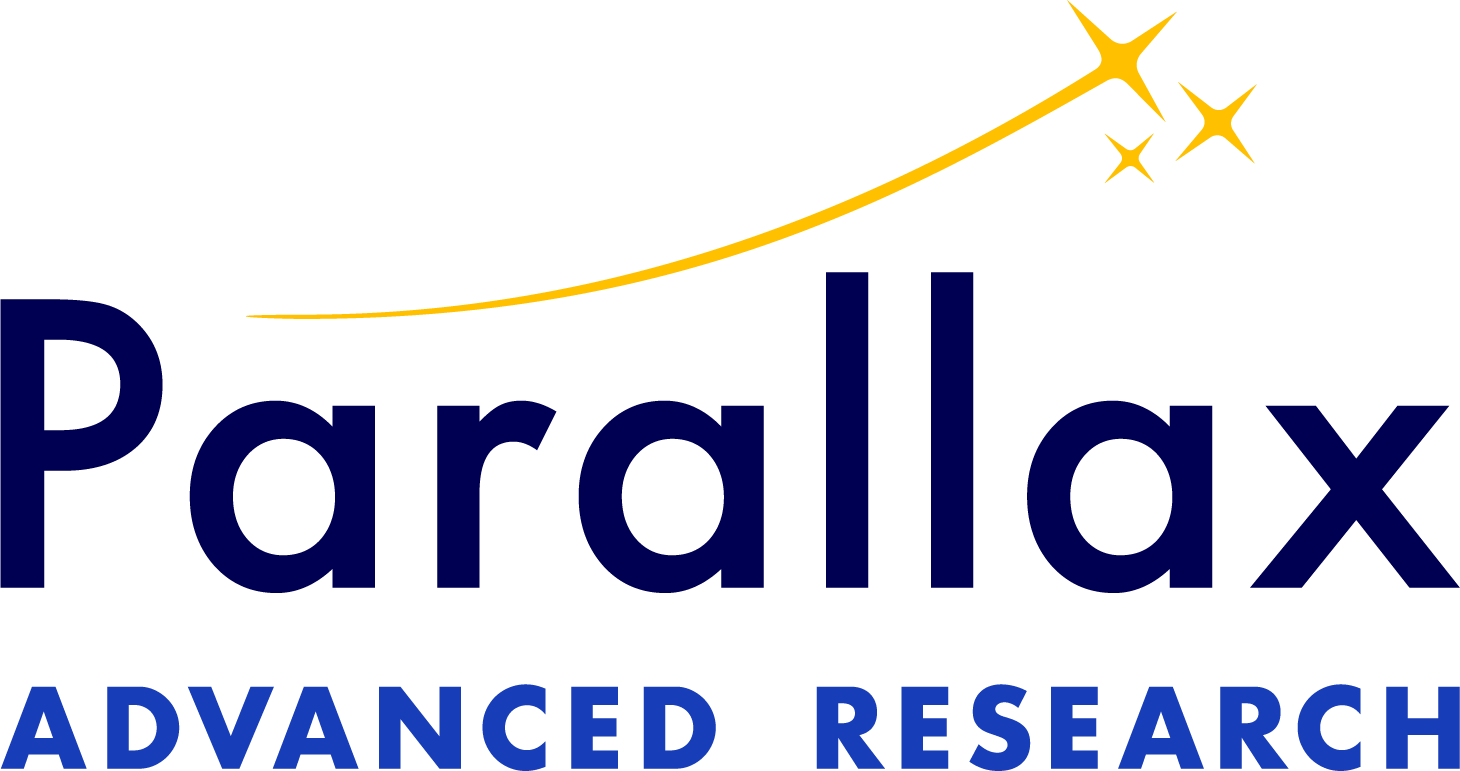Scott Swanson is Parallax’s Unmanned Aerial Systems (UAS) Business Concepts Director. He grew up in Minnetonka, Minnesota, a suburb of the Minneapolis/St. Paul metro area, known for Tonka Toys and Minnetonka Moccasin. He was an aviation enthusiast for as long as he can remember and soloed in a Cessna 172 when he was 16 at a Civil Air Patrol (CAP) encampment.
He's been a CAP member for 45 years and earned both the Spaatz award (Highest Cadet Award) and the Gill Rob Wilson Award (Highest Senior Member Award). He continued to work on his license and earned his private pilot certificate the same week he graduated high school. He went to the University of Minnesota and was a Reserve Officers' Training Corps (ROTC) cadet, graduating with a bachelor's in applied science specializing in aviation management.
After graduating, he had a year delay before entering active duty in the United States Air Force (USAF) for flight training. During that year, he worked for one of the early cable-TV sales networks in their studio preparing tech-items for demonstration online and training the online talent on the features/benefits so they could pitch them for sale.
He spent 20 years in the USAF. During the first half, he flew helicopters for rescue and special operations missions. During the second half, he was involved with UAS, first as a pilot and then as an acquisition professional. When he retired after 20 years, he had been on 17 combat/contingency deployments and was credited with 9 saves.
What inspired you to choose this career? And how did you get started in your field/expertise?
When people used to ask me what I wanted to be when I grew up, I’d answer, one of these: An astronaut, pilot a mini sub like on the undersea world of Jacques Cousteau or fly helicopters in the USAF. I knew that I wanted to fly since I was knee high!
Throughout your career journey, what’s been the most valuable skill you’ve come to possess?
I was privileged to spend most of my USAF career in the special operations community. It was there that I learned the skills and honed the ability to think outside the box for solutions and to utilize the talents of the team around you to get things done.
Describe your role at Parallax?
For the past decade or more the Parallax team has been working together with AFRL to develop a UAS ground control station. This is an outstanding product that has the potential to save the government dollars and reduce training time and costs. I was brought in to help operationalize it as it moves from the laboratory to fielding with the warfighter. I also explore opportunities outside of DoD and within commercial markets where it can solve problems for users and there, my UAS experience brings a level of legitimacy and credibility.
How has your personal mission/goal evolved over time? And how does it tie into the work you do today at Parallax?
In my last assignment in the USAF, and continuing after I retired from active duty, I transitioned from day-to-day operational missions to acquisition and program management. I had completed all the requirements for Defense Acquisition Workforce Improvement Act (DAWIA) Level 2 Program Management certification as I retired, but because I was retiring and no longer filling a slot, they deferred certification. I was able to complete a similar civilian industry program with the Project Management Institute and was awarded my Project Management Professional (PMP) certification. I also went back to graduate school and graduated with a Master of Science in Technology Commercialization (MSTC) through the University of Texas at Austin McCombs School of Business. The MSTC program is unique in that was the first-ever go-to-market graduate program in the U.S. designed as a launchpad for businesses and products. It’s a complete graduate level degree program that 1st launched in 1996 and goes well beyond Steve Blanks Lean Launchpad class from Stanford. Using what I learned in the USAF, managing small businesses and graduate school I’ve been able to assist small businesses as they target their technologies for government customers and now utilize those same skills in bringing new systems to market.
What advice do you have for others aiming to work in the UAS/Advanced Air Mobility (AAM) industry?
The industry is changing every day. It's important to keep up with not only the technology but also the changes in the regulatory environment. Often, it’s not technological roadblocks to adoption but regulatory ones that slow the progress of transferring products to market.
What R&D/UAS/AAM challenges or issues keep you up at night? What are you doing to solve this challenge?
It’s not the technology that keeps me up but the regulatory environment in terms of commercial applications. Technology rapidly outpaces the adoption or changes in rules. Regarding defense/homeland security markets, the war in Ukraine has shown us how resourceful innovation is outpacing staid tactics and defenses. This is a great example of applying Gen Brown’s Accelerate, Change or Lose axiom.
